
Strong Light-Matter Coupling Inside Micro-Patterned Fabry-Pérot Cavities
Cadmium selenide nanoplatelets (a two-dimensional variant of the quantum dot) are increasingly used in optical devices due to their bright and tunable emission characteristics.
However, to use these colloidal particles in practical photonic devices, the direct patterning of micron-scale features remains a grand-challenge.
Using thin-film fabrication and UV lithography tools inside the URnano cleanroom, we have been able to direct-write nanoplatelet patterns inside Fabry-Perot cavities with features as small as one micron, and show strong light-matter coupling with greater Rabi splitting than typically seen in this geometry due to stronger lateral electric field confinement.
The capability to create arbitrary patterns in nanoplatelet films will enable the fabrication of chiral meta-structures which opens up the possibility to observe and study chiral strong light-matter coupling and exciton-polariton photo-physics.
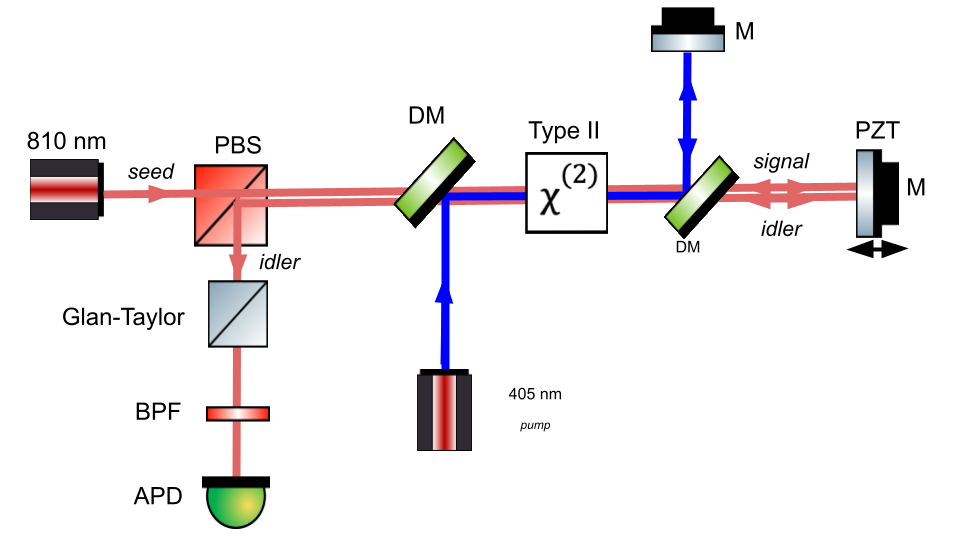
Nonlinear Interactions of Classical Light to Mimic a Quantum Interferometer
This project investigates a classical nonlinear interferometer designed to mimic the halved fringe spacing of N00N state quantum interferometry.

PlanOpSim InverseMeta
Our project concentrates on using PlanOpSim’s optimization algorithm software to enhance the efficiency and functionality of nanostructured optical devices. Unlike traditional engineering methods, in which a structure is designed and then tested, inverse design begins with a target optical response and uses computational methods to determine the optimal nanostructure to achieve that function. For our first objective, we designed a metasurface capable of displaying two distinct holographic images depending on whether the incident light is in the TE or TM polarization state. For the second, we aimed to design a metasurface that produces specific colors by controlling the interaction of light with carefully engineered nanostructures.
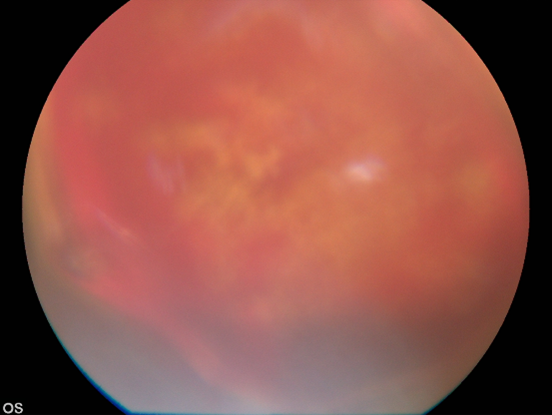
Creating Phantom Retinas for Fundus Imaging – ZEISS
We created model retinas for fundus imaging, which simulate several parts of the retina.

ASML FIBER
The low numerical aperture multimode fiber project is a detailed fiber design and simulation developed by a team of undergraduate senior students. As such, the inputs were determined through discussion with our project customer, ASML. We are designing a fiber to support ASML’s YieldStar (YS) optics sensor for scanning wafers using white light with the wavelength range of 400 to 1000 nm and another fiber to operate at a wavelength of 1070 nm meant to preheat a mirror for a separate lithography machine.

Strong Light-Matter Coupling Inside Micro-Patterned Fabry-Pérot Cavities
Cadmium selenide nanoplatelets (a two-dimensional variant of the quantum dot) are increasingly used in optical devices due to their bright and tunable emission characteristics.
However, to use these colloidal particles in practical photonic devices, the direct patterning of micron-scale features remains a grand-challenge.
Using thin-film fabrication and UV lithography tools inside the URnano cleanroom, we have been able to direct-write nanoplatelet patterns inside Fabry-Perot cavities with features as small as one micron, and show strong light-matter coupling with greater Rabi splitting than typically seen in this geometry due to stronger lateral electric field confinement.
The capability to create arbitrary patterns in nanoplatelet films will enable the fabrication of chiral meta-structures which opens up the possibility to observe and study chiral strong light-matter coupling and exciton-polariton photo-physics.

Creating Phantom Retinas for Fundus Imaging – ZEISS
We created model retinas for fundus imaging, which simulate several parts of the retina.

Kaleigh Rook Mentors Dr. Andrew Berger and Dr. Samantha Romanick “Everything you make returns to the Earth as either food or poison.” Abstract Microplastics have permeated every corner of our…

Nonlinear Propagation of Volumetrically Full Poincaré Beams
Tatsunosuke Hanano Mentor Professor Robert Boyd Abstract Light with structured polarization is called polarization structured beams, and they have gotten attention because of their ability to process more information per…

Pupil mask mask system for a MEMS DM segmented mirror model
Antony Georgiadis Mentors Professor James Fienup and Joseph Tang Abstract Wavefront sensing via phase retrieval algorithms are critical to enabling the use of large aperture systems on the ground and…

Characterizing Single Photon Emitters in Silicon Nitride
Nicholas Achuthan Mentors Professors Pablo Postigo and Jaime Cardenas Abstract Single photon emitters (SPEs) are a key building block for integrated quantum photonic circuits, but current implementations rely on heterogeneous…

IRL
Team Mentor Prof. Jennifer Kruschwitz Background IRL Glasses is a product with the goal of minimizing the amount of technology people have to interact with on a daily basis. The first…

ASML Computational Imaging to Compensate Optical Aberrations
The purpose of this project is to create a computational algorithm capable of taking an aberrated image and correct it to a sharp high contrast image. We used optical design…

CubeSat
Team Customer Dr. Daniel Brooks – Optimax Systems Inc. Mentor Dr. Aaron Bauer – Institute of Optics Abstract The goal of this design project was to demonstrate the capabilities of…

META360 – Hybrid Refractive-Metalens Design
The META360 project seeks to enhance the current Circle Optics 360º field-of-view stitch-free camera system using novel meta-optics technology. Using Synopsys’ new MetaOptic Designer software, we explore the use of meta-optics in a hybrid lens design.

RMSC
Team Mentor Professor Greg Schmidt Abstract Our Group’s Senior Design Team was tasked with designing a museum exhibit for RMSC that offered a fun experience for participants of all ages…

SPLAY
Optical Design of a Compact Projector Lens for a Portable Display Project Vision The desired product is a portable display consisting of a collapsible screen and a compact projector with…
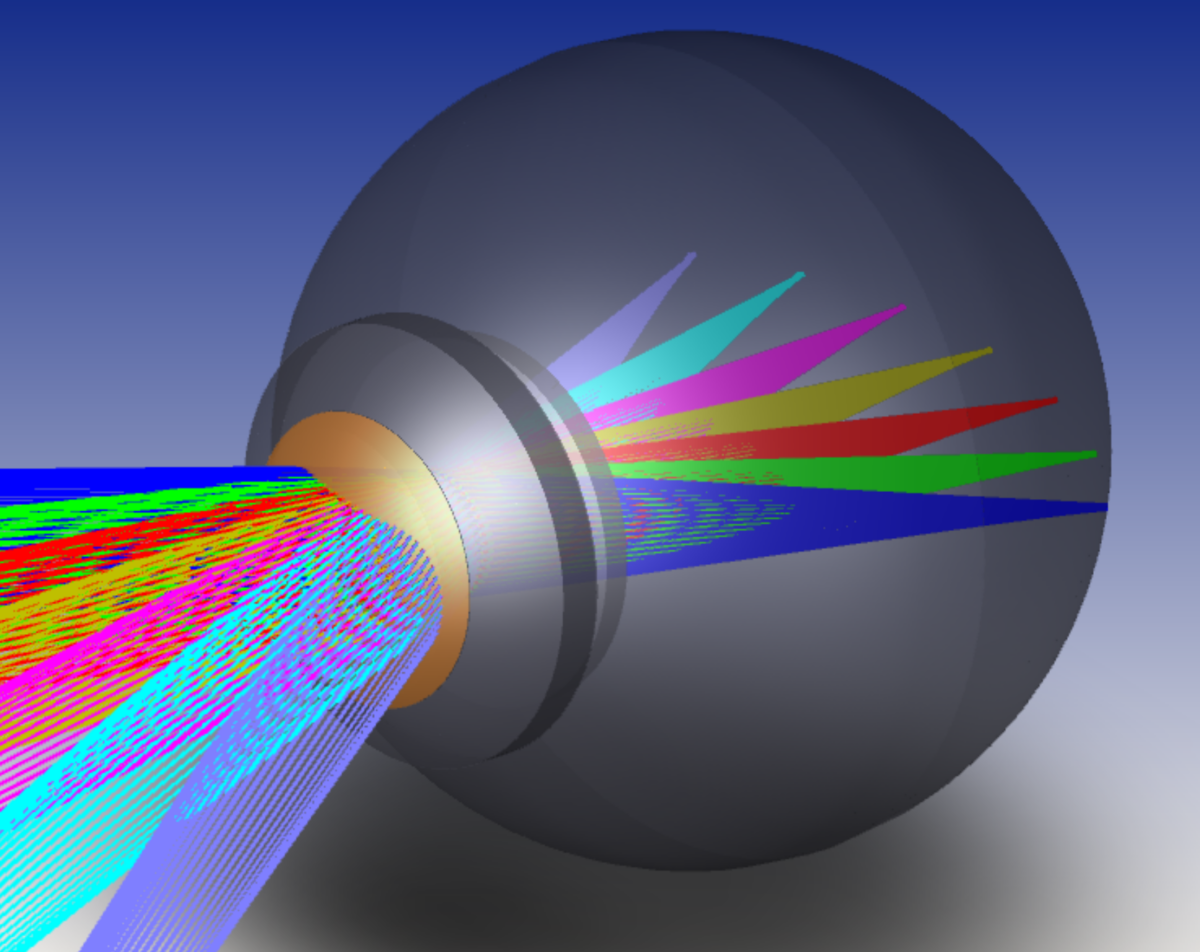
Myopia Control with Optical Design
This senior design-driven project creates accurate Zemax ray-tracing models of the human eye to evaluate diffractive-refractive hybrid contact lenses for correcting wavefront error and chromatic aberration. The eventual goal is to apply the technology to school-aged children to prevent the progression of myopia development.

iTEST
Team Mentor Brandon Zimmerman Abstract The Clear Eye Exam allows for users to take an eye exam from their home and obtain an eye prescription. This lets people have an…

AGR – A Hyperspectral System with Spatial Resolution
Team Mentor Professor Greg Schmidt Abstract Advanced Growing Resources (AGR), is pioneering targeting systems that send mass pesticide blanketing towards obsolescence. The targeting system that was designed during this project…

ASML Broadband Single-mode Fiber Coupler
DCORE4 Team Mentors Govind P. Agrawal, Julie Bentley, Jacob Roccabruno Abstract The optical senior design class at the University of Rochester strives to tackle engineering problems through engineering processes and…

Nighthawk Solutions DIY Telescope Kit for Kids; Inspiration for Science and Technology
Mission Statement The goal of our project is to create a Do-It-Yourself (DIY) telescope that provides an engaging and educational experience for kids. The telescope will come fully disassembled, empowering…
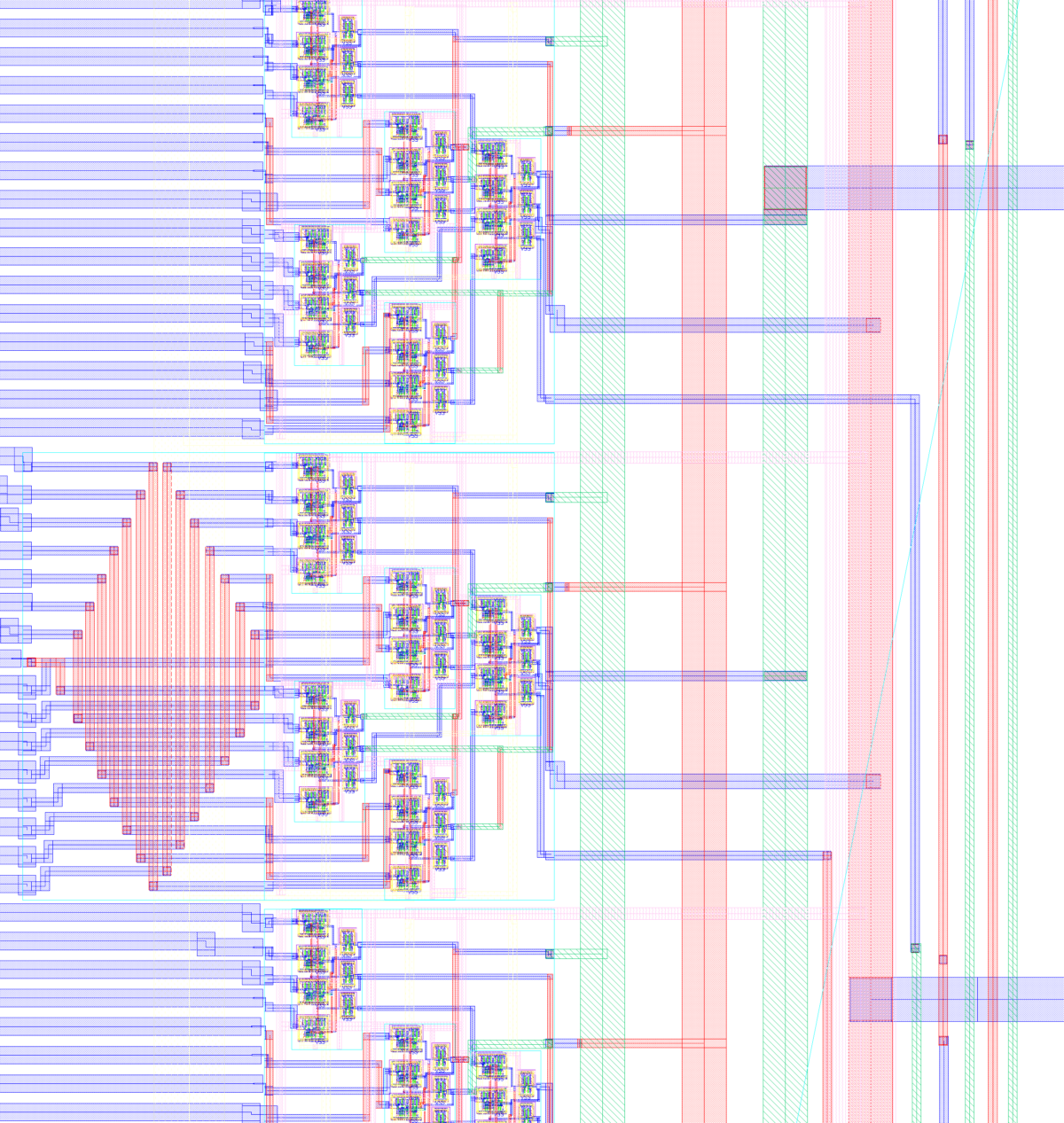
Mid-Wave IR Read-Out Integrated Circuit
Team Mentor Professor Mottley and Professor Phinney Abstract Wildfires burn 7 million acres of land in the US every year. We present a read-out integrated circuit (ROIC) designed to be…

Danbury Mission Technologies – Creating an Optical Polisher
Design an interchangeable, fixed offset, fixed gear-ratio eccentric tool spindle for gravity-loaded optical polishing procedures.
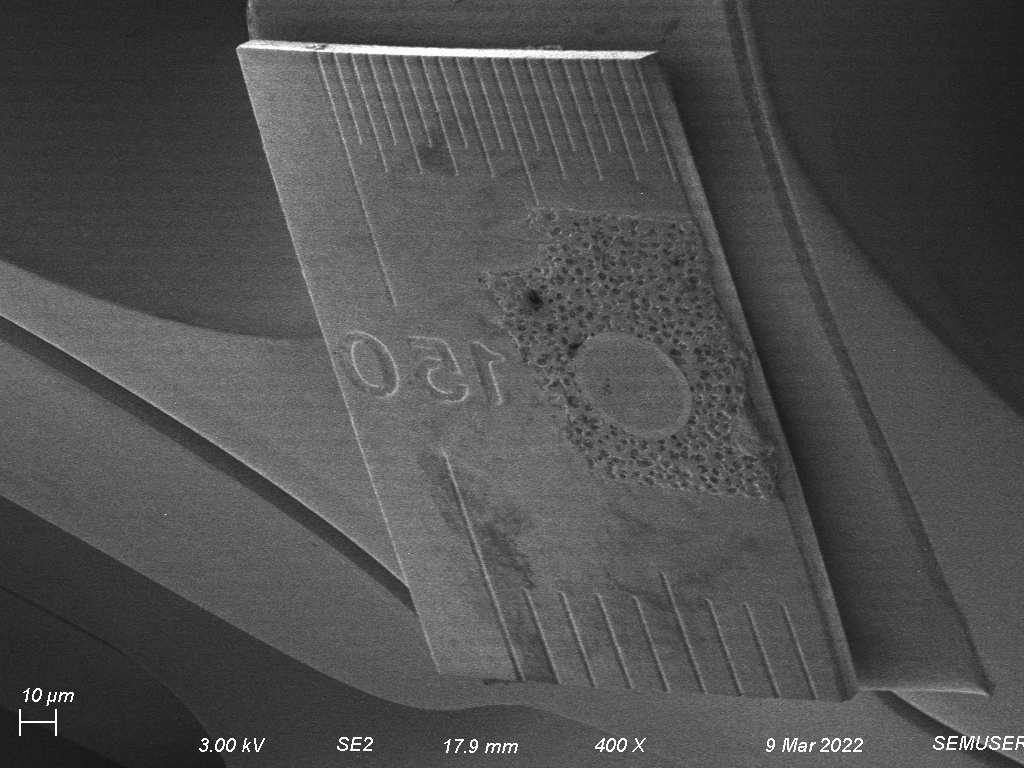
Reflective Imaging in Scanning Electron Microscopes
Investigation and analysis of creating mirror fields to deflect the primary electron beam with charged materials. Electron mirrors produce a fisheye view of the interior of the SEM sample chamber.
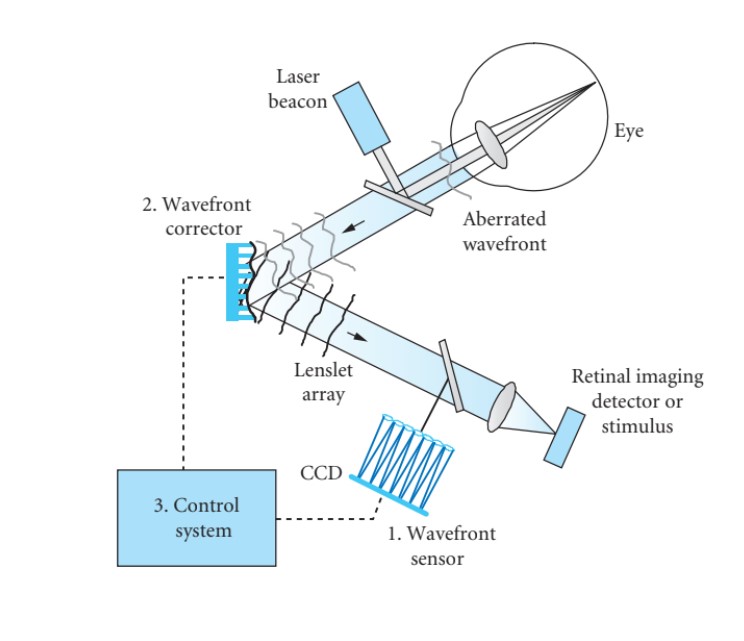
Zhengynag Xu Thesis
Improving closed-loop wavefront correction speed for primate retinal imaging.
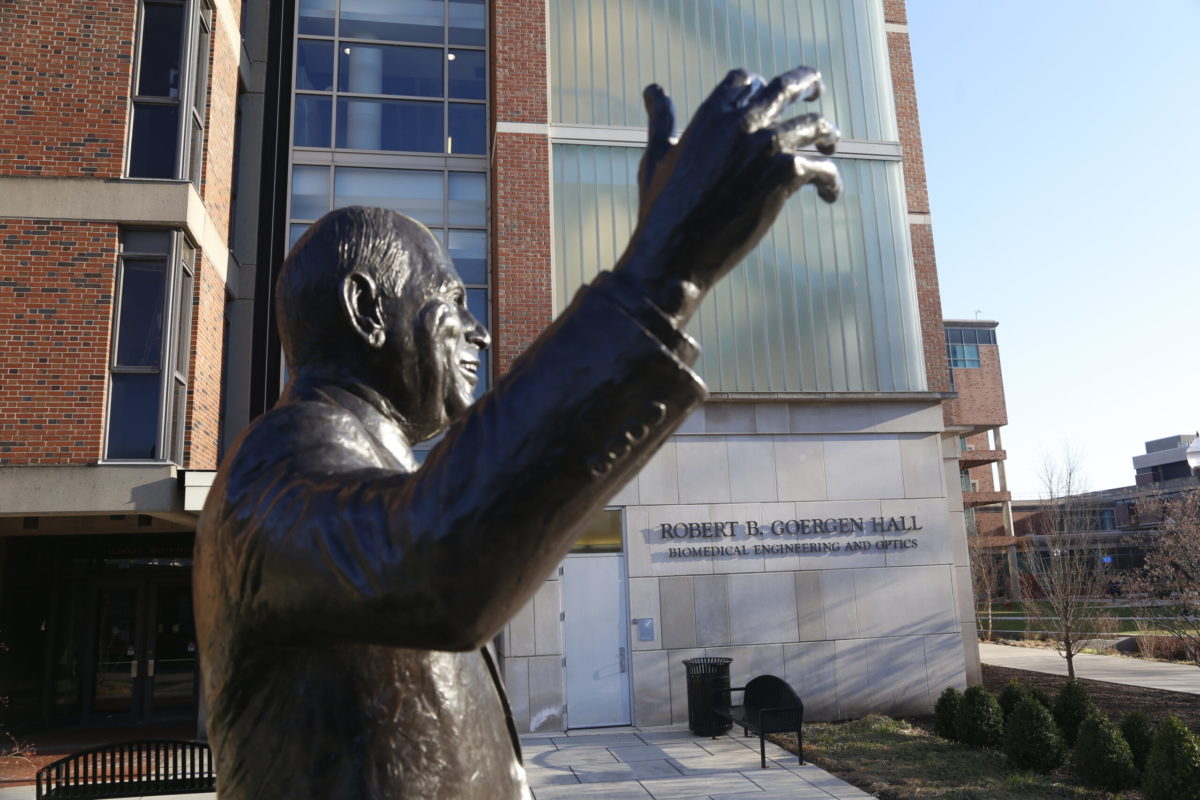
In this thesis, we numerically and analytically analyzed the superposition of multiple paraxial plane waves and discovered the pattern of such superpositions composing FP fields.
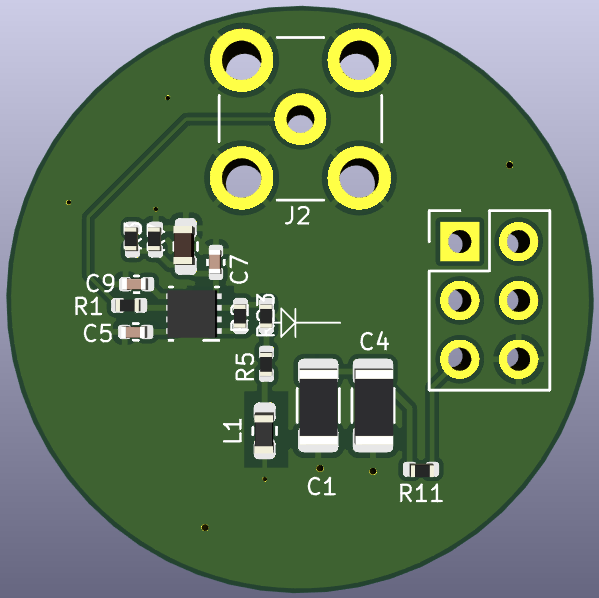
Improving silicon photomultiplier bandwidth for fast, low-signal applications.
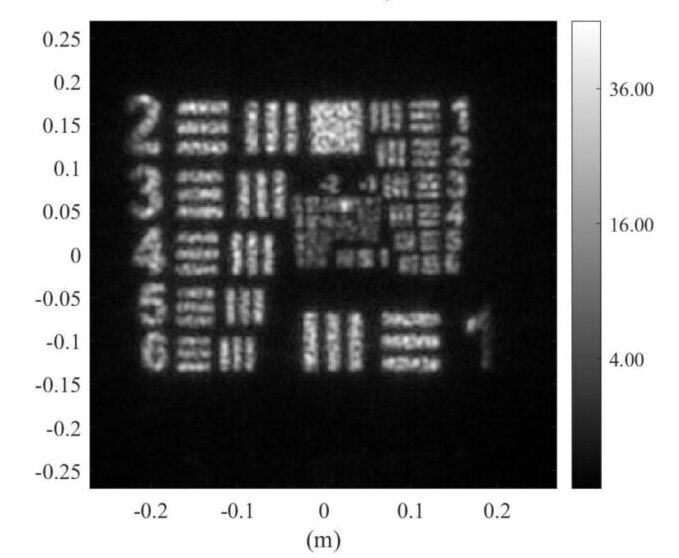
Effects of Estimate Phase Screen Placement
on Digital Holography Imaging Through
Atmospheric Turbulence
Determining where best to locate estimate phase screens when correcting volume turbulence through post-processing

Two-Color Nonlocal Aberration Cancellation
Two-Color Nonlocal Aberration Cancellation is one of the many exciting applications of quantum entanglement. In this experiment we create position-momentum entangled photons via SPDC.
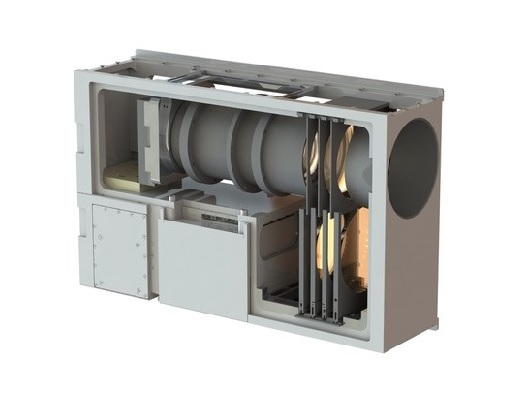
CubeSat
We designed an optical system for a NASA ROSES proposal. The system would be housed within a CubeSat and study Zodiacal light.

FIBER
The simulation will model the output characteristics as light travels through the fiber, giving a rare look at a otherwise inaccessible areas of the fiber.

iMG
Our goal is to use existing tools and our optical knowledge to build a simulation tool that carries out a rigorous optical analysis and simulates the imaging of a satellite at a range of distances, attitudes, and illumination angles.
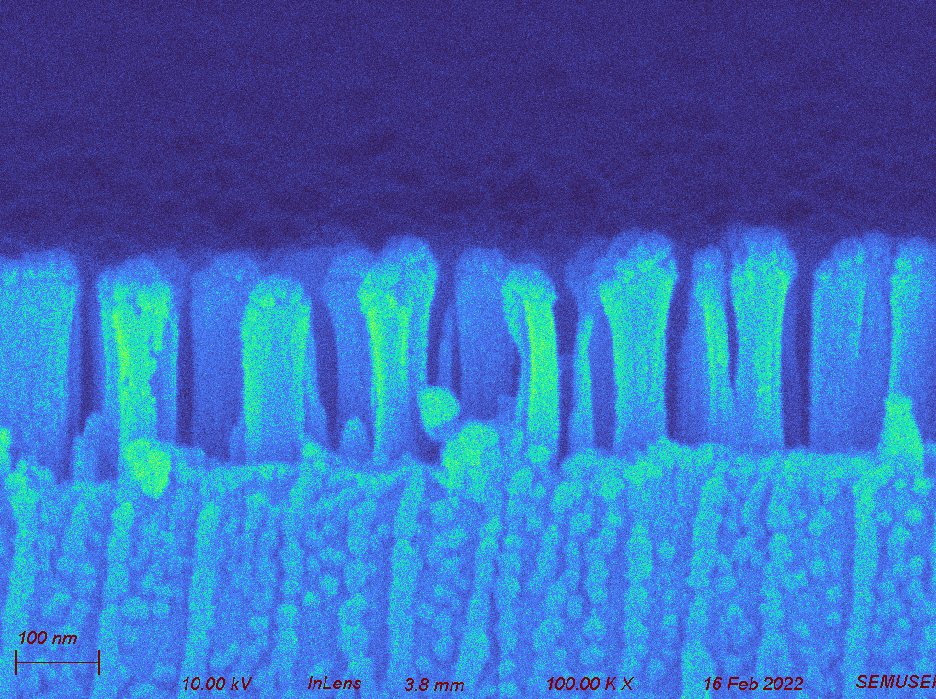
NANOAR
Have you heard of an AR coating without actually coating any materials while working for a wide bandwidth from UV to IR? That is the nanostructure coating.

RMSC
We designed an interactive and educational imaging system. The guest will be able to project an image onto a screen.

Yanik Thesis
Probability distributions of work and entropy of a qubit engine powered by simultaneous weak quantum measurements.

iTEST
Team Rachel Chan Zihao Li Sinabu Pumulo Mentor Brandon Zimmerman Abstract The Clear Eye Test is a virtual eye prescription platform that measures refractive error of the eye with a…
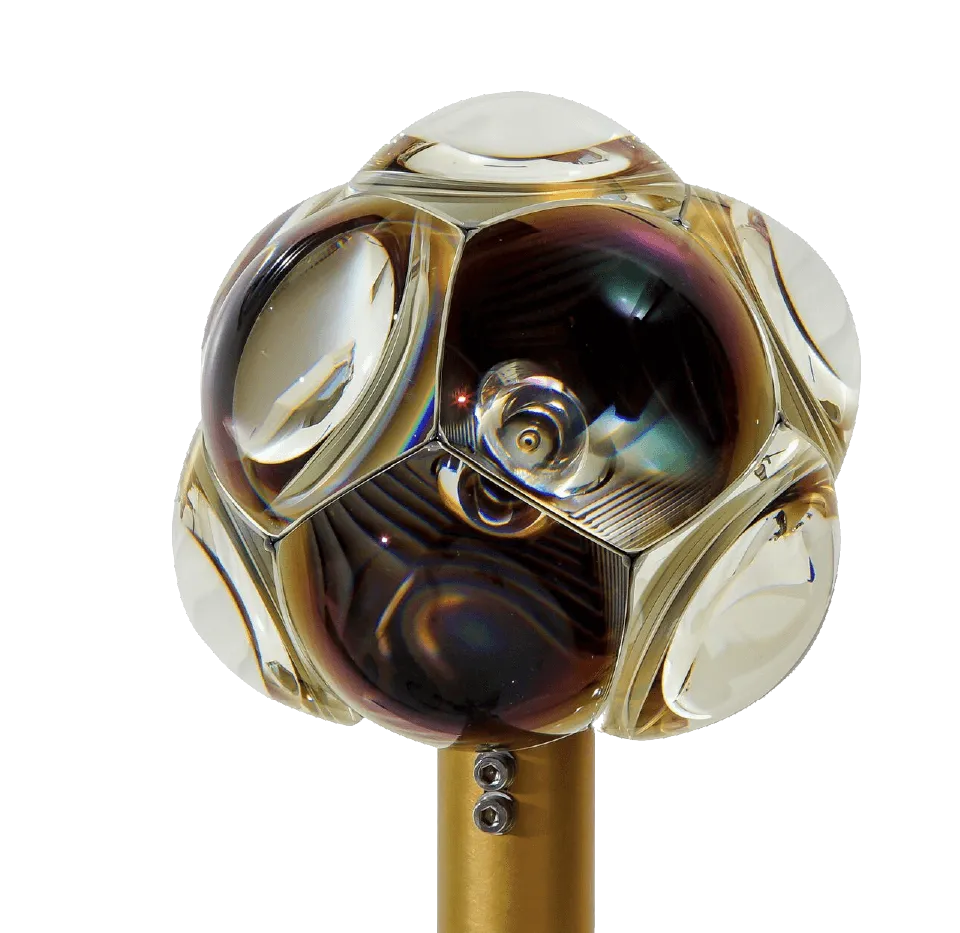
Venturing into the fully reflective design space to find a wide angle telescopic design that is parallax corrected so that they can be tiled to capture a much higher field of view.
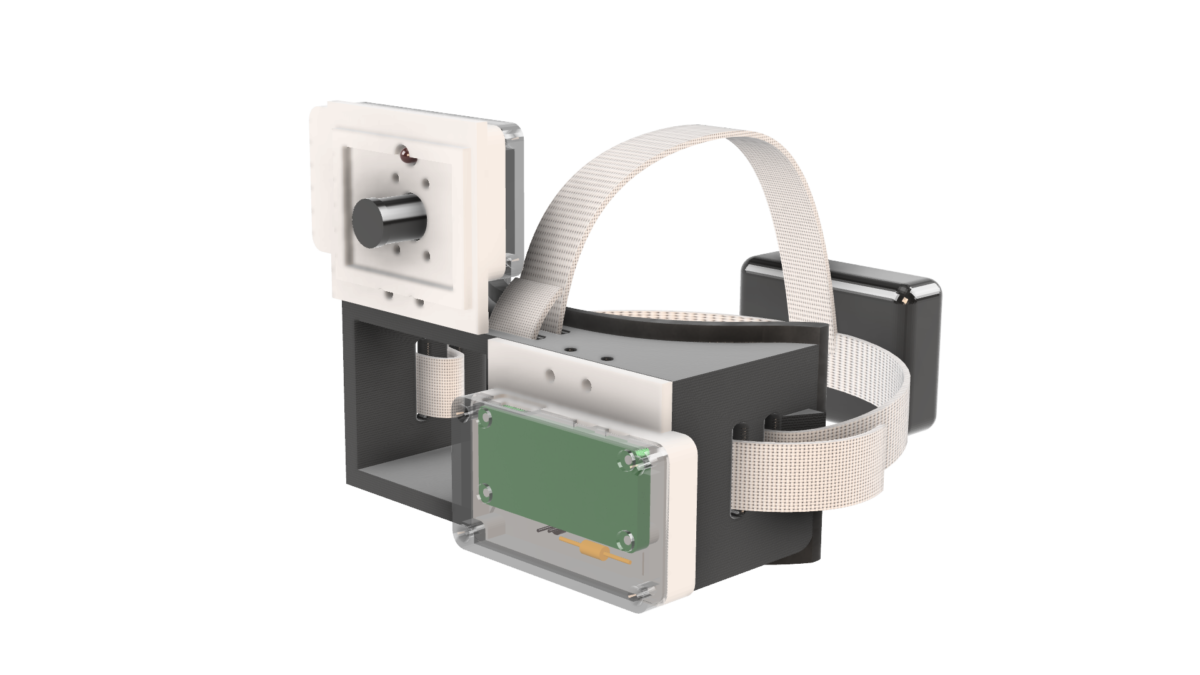
Video Oculography
A wireless Video Oculography system with two cameras to efficiently and accurately diagnose vestibular disorders

Designing a Hadamard gate on an integrated Silicon photonic chip
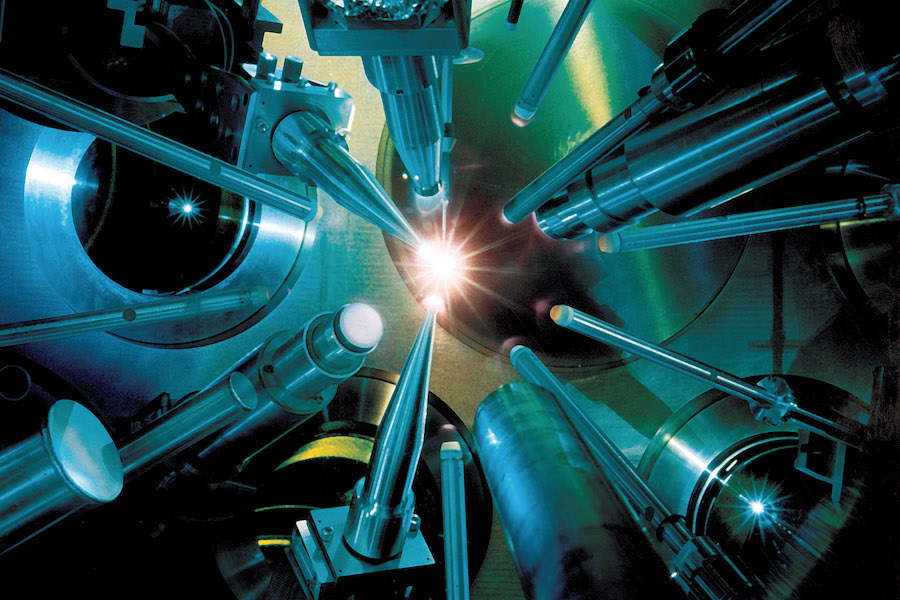
Jonathan Musgrave Advisor: Dr. Jake Bromage Optical Parametric Chirp Pulse Amplification (OPCPA) is an intensely researched topic and has gained a lot of traction in the past 25 years for…

Plasmonic Nanoantenna Array Metasurfaces and Colloidal Nanoparticles for Single-Photon Source Applications
Investigating indistinguishable single-photon sources in the visible range.
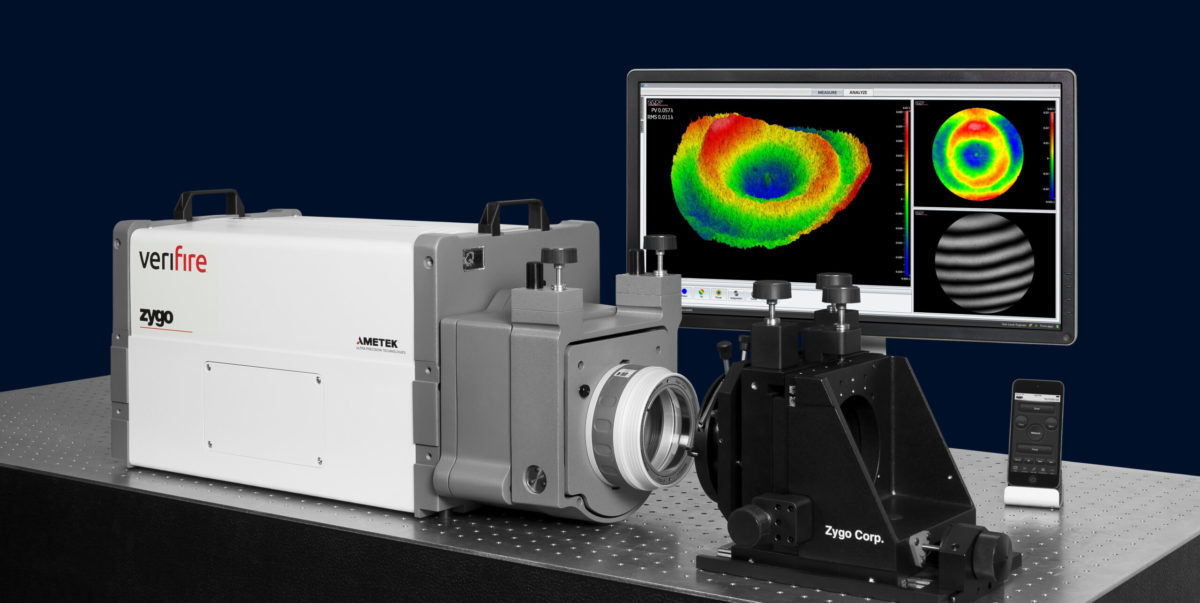
WOBBLY
Exploring mechanical solutions to reduce the effects of turbulence on the Zygo Verifire™ interferometer

Team Thermo
The solar steam turbine is a design that uses a femtosecond laser-processed superwicking metal sheet to generate electricity via steam generation. Team Thermo wishes to thank the following for their…
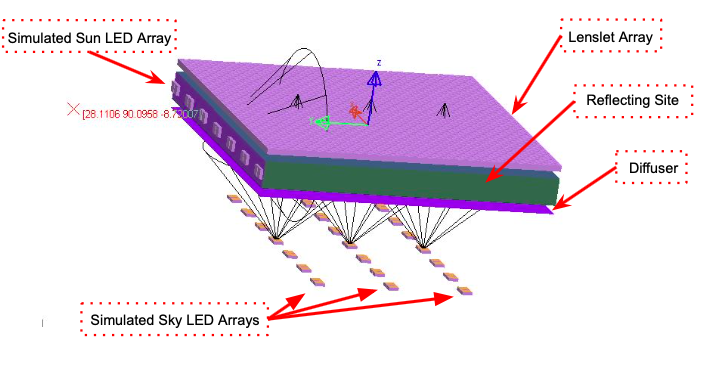
SKY
An indoor lighting system designed to simulate the sun.

OTICS
The Hybrid Endoscope/Microscope project is a senior design project that aims to design and build a system that combines the endoscope’s view and the microscope’s view during ENT surgery.
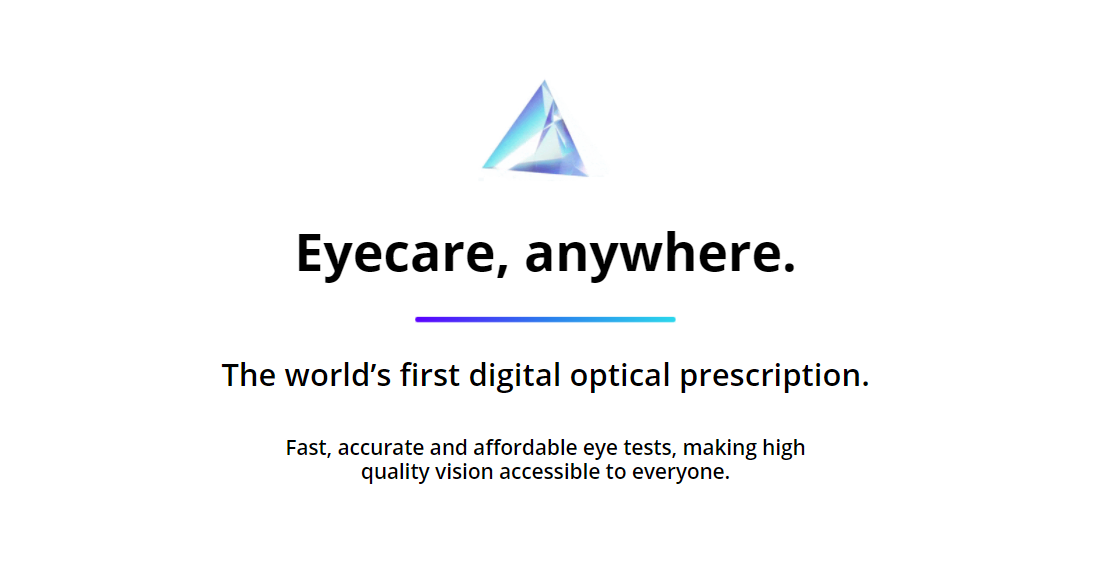
EYEZ
Development of a telehealth platform that provides digital optical prescriptions, making high quality vision accessible to everyone.
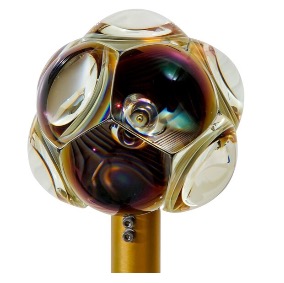
CIRCLE
A 360° tessellated, parallax-reduced, cinema camera system.
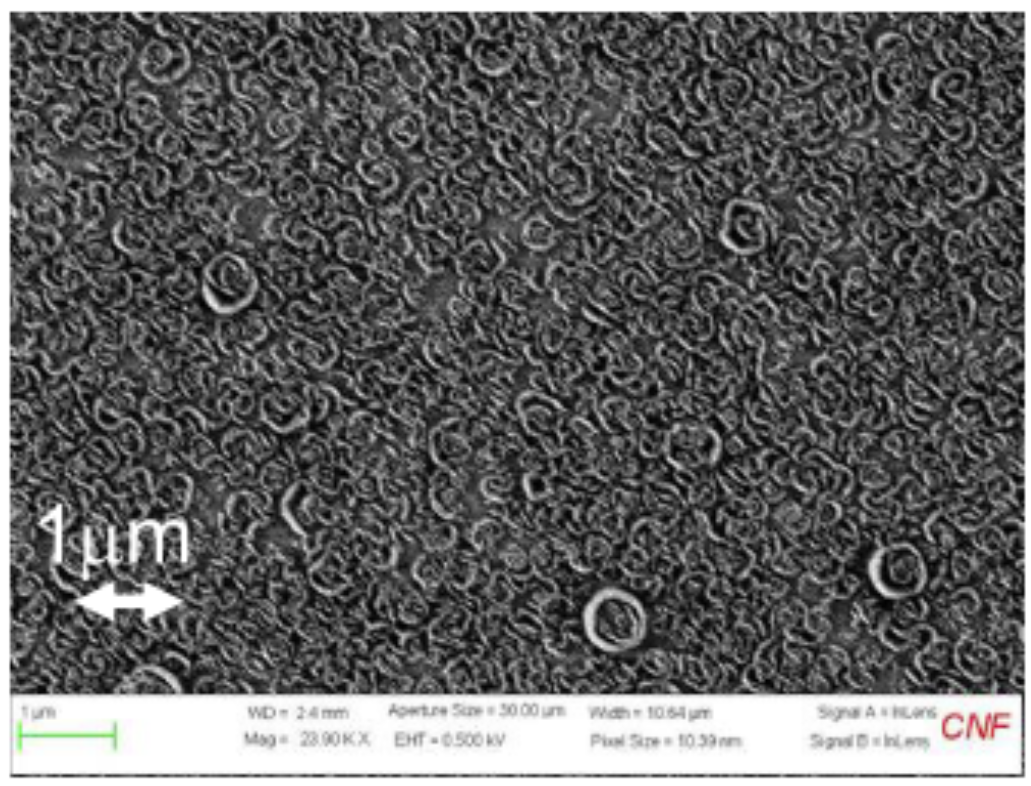
AR
The Nanostructure AR coating project aims to Investigate and model nanostructure AR coatings on OptiLayer and OptiRE software.
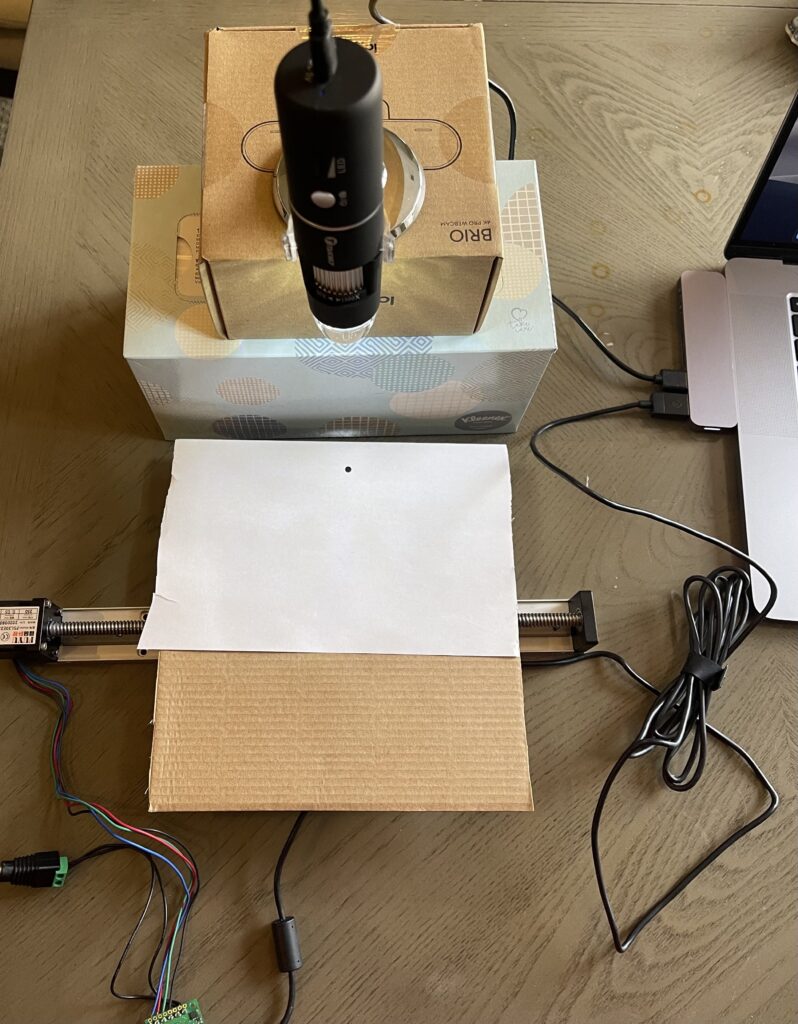
High Accuracy Displacement Measurement
Make a low cost system to measure mini-scale object displacement.
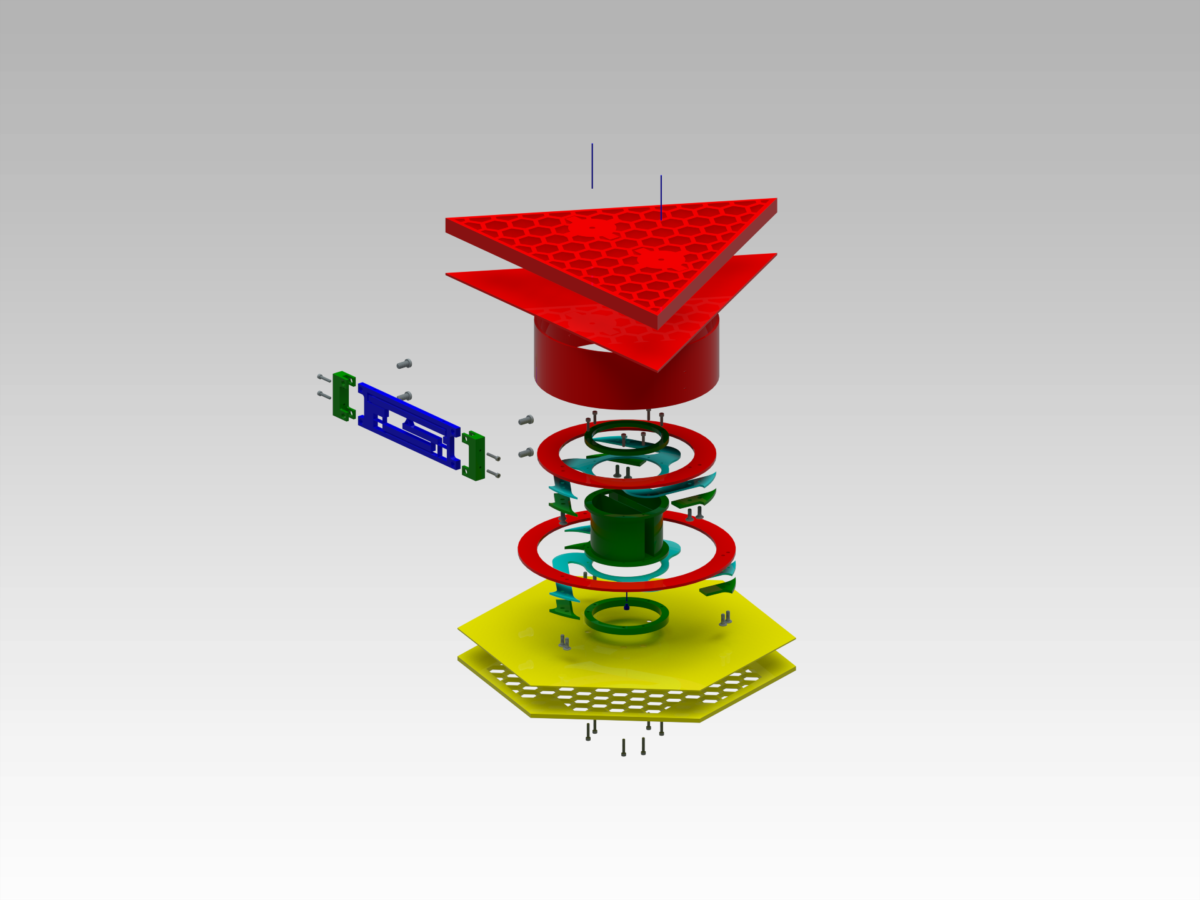
L3Harris Space Secondary Mirror Positioning System
L3Harris Technologies is an American defense company that builds a variety of mechanical, optical, and electrical systems. The Rochester division designs and builds systems for space applications. Optical space telescopes are widely used in both Earth and astrophysical observations and play a major role in scientific and national security. For optical telescopes to function properly and take clear images, their optics must be precisely aligned to focus light. However, during the launch of the telescope, the relative positions of these optics can change. The goal of the project is to build a mechanism to finely adjust the position of these optics to enhance resolution and accuracy of the telescope images. This improved image quality has significant implications for both terrestrial and space observations with applications to scientific research and national security.
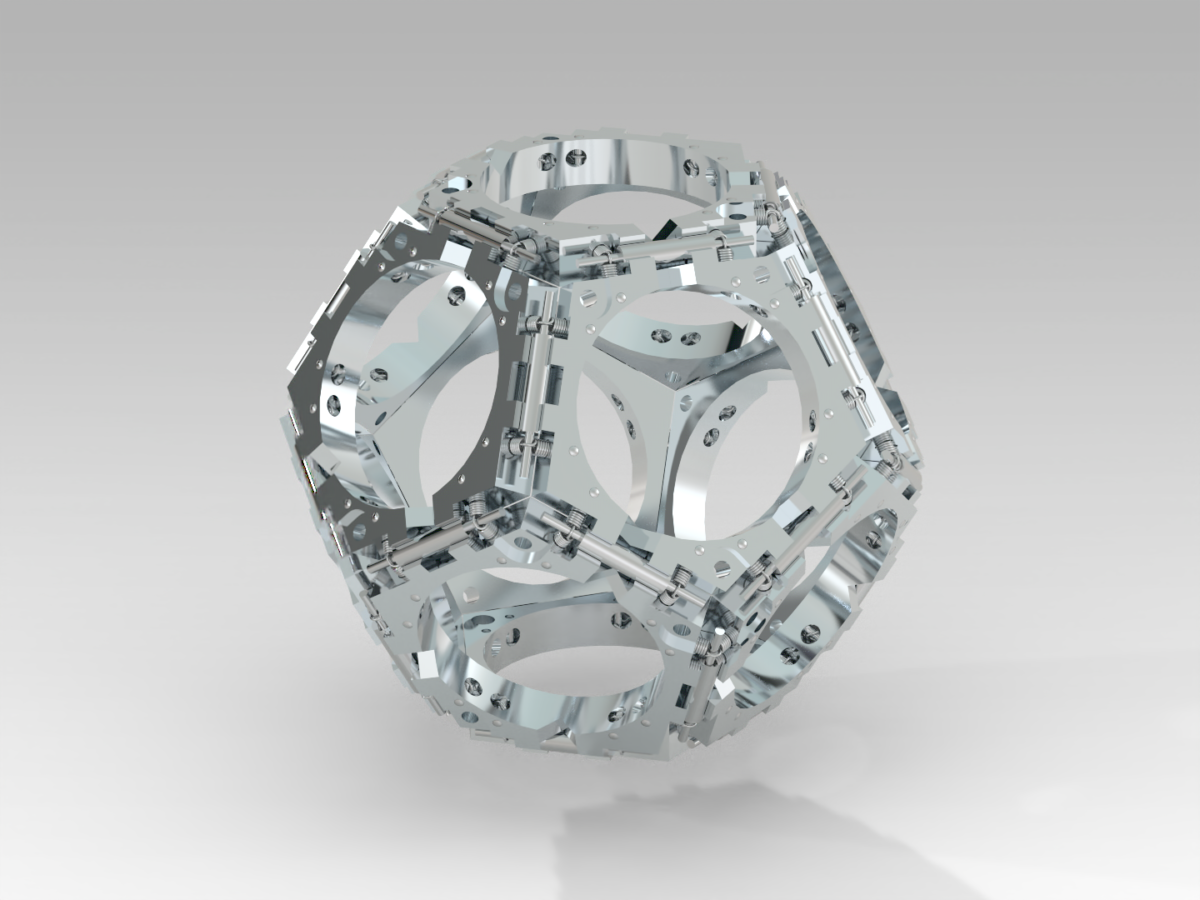
360 Optical Mounts
Several optomechanical applications have a need for a 360° kinematic mounting system capable of withstanding thermal loading due to heat generation from electronic devices. It is advantageous for optical systems to have a repeatable and controlled, known distance between devices such as optics, sensors, light sources, mirrors or assorted non-optical sensors. The team was able to design a thermally stable spaceframe solution, capable of reducing movement of any assembled components to minimal displacements on the order of microns.
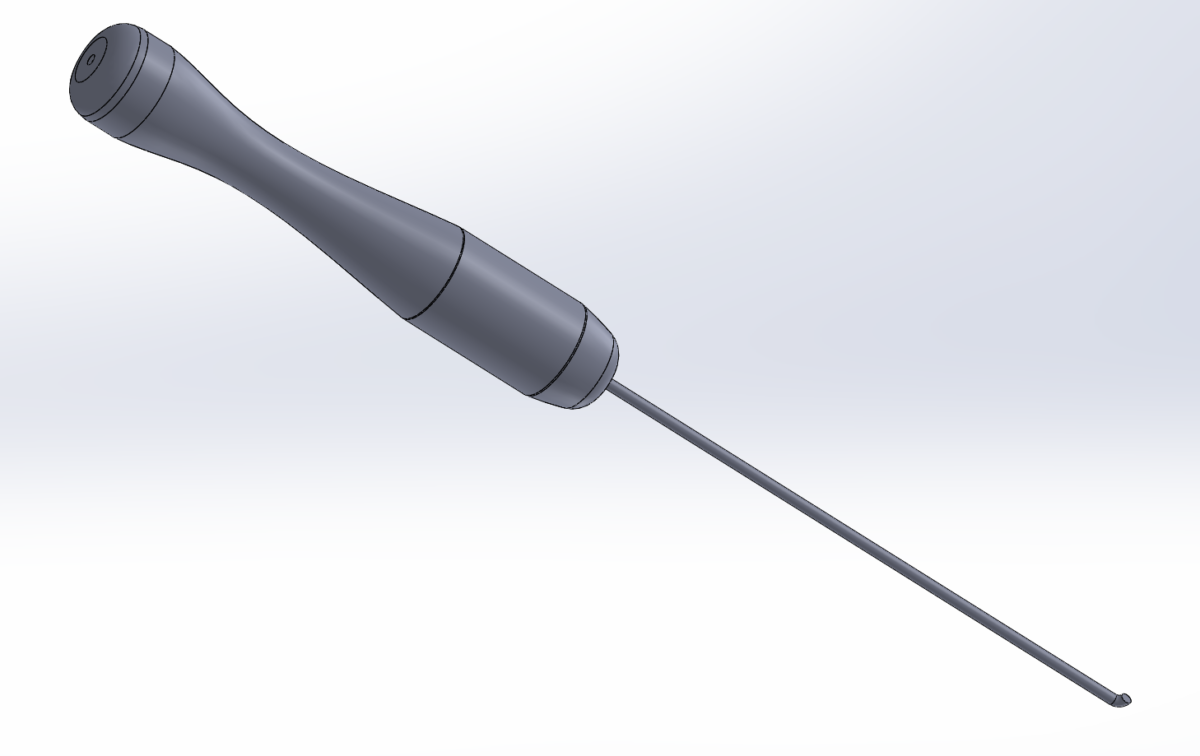
Cataract Surgery Device for the Developing World
Cataracts, a hardness and opacifying of the lens, is the leading cause of curable blindness worldwide, with the majority of cases occurring in developing countries where trained ophthalmologists are scarce. Our project is to develop a device to be used for a simplified cataract surgery that will insert a cylindrical intraocular lens into the cataract. By simplifying the procedure, more healthcare providers can be trained to perform the procedure, increasing the accessibility of cataract treatment in developing countries.
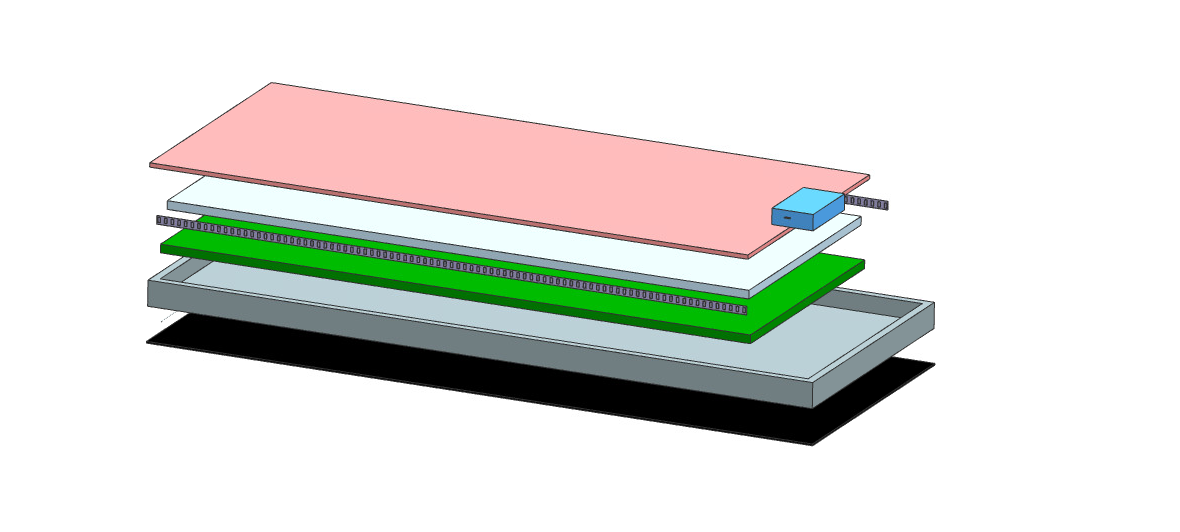
Illuminating Mat for Visually Impaired Students
Students at the Mary Cariola Center with visual impairments are attracted to light in rooms, often pulling their attention away from the teachers/lesson to look upwards at the ceiling lights. Lighted surfaces that provide contrast can help students focus on that surface and on any activity being performed on the lighted surface. The team was tasked with creating a mat suitable for children that illuminates in order to draw the student’s attention downward.
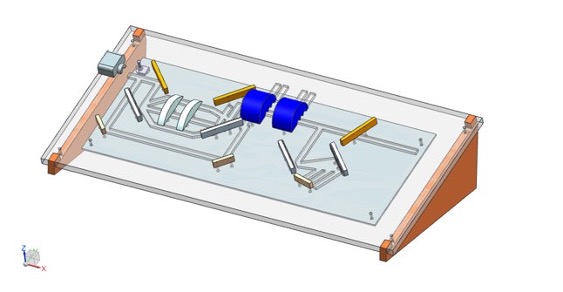
Chirped Pulse Amplification Display
The Laboratory for Laser Energetics (LLE) at the University of Rochester is in need of a portable and educational display that showcases the mission and capabilities of the facility. The project is a representative and visually captivating model that demonstrates the laser amplification process of Chirped Pulse Amplification (CPA). This technique was invented by the LLE and revolutionized the industry.
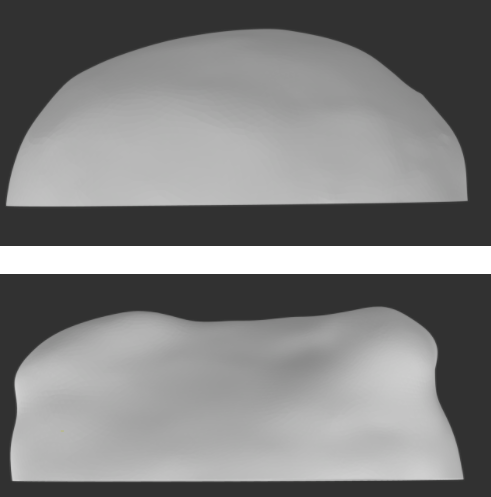
Abscess Model for Photodynamic Therapy
Designing an accurate abscess model for photodynamic therapy testing.
